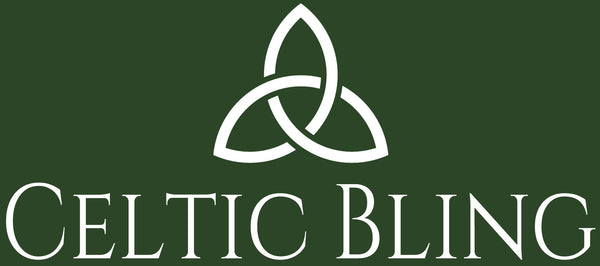Ireland, known for its lush green landscapes, rich history, and vibrant culture, is a fantastic destination year-round. However, deciding when to visit can greatly enhance your experience, depending on your interests and preferences. Each of the four seasons offer a unique experience.
Here’s a breakdown of what each season can offerr you:
Spring (March to May)
Spring in Ireland is a magical time as the countryside awakens with blooming flowers and greenery. The weather begins to warm up, with average temperatures ranging from 8°C to 15°C (46°F to 59°F). It's an ideal time for outdoor activities like hiking and exploring the scenic beauty of places like the Cliffs of Moher and the Ring of Kerry. The famous St. Patrick's Day celebrations on March 17th offer a vibrant cultural experience with parades and festivities across the country.

Summer (June to August)
Summer is the peak tourist season in Ireland, with long days and mild temperatures averaging between 15°C and 20°C (59°F to 68°F). This is the best time for enjoying Ireland’s outdoor attractions and festivals. Popular sites such as the Giant’s Causeway, Blarney Castle, and the Wild Atlantic Way are at their most accessible. Festivals like the Galway Arts Festival and the Cork Midsummer Festival bring the streets to life with music, art, and performance.

Autumn (September to November)
Autumn in Ireland is a beautiful and less crowded time to visit. Temperatures range from 10°C to 17°C (50°F to 63°F), and the landscapes are adorned with stunning fall colors. September often enjoys milder weather and is perfect for touring the countryside and coastal areas. The harvest season brings food festivals, like the Dingle Food Festival, showcasing local produce and culinary delights.

Winter (December to February)
Winter is the off-peak season in Ireland, with temperatures averaging from 4°C to 9°C (39°F to 48°F). While the weather can be cold and wet, it’s an excellent time to experience Ireland's cozy pub culture and traditional music sessions. Christmas markets in Dublin, Galway, and Cork add a festive charm. Plus, travelers can enjoy lower prices and fewer crowds at popular tourist sites.

Conclusion
The best time to visit Ireland largely depends on what you want to experience. For those seeking vibrant festivals and outdoor adventures, summer is ideal. Spring and autumn offer milder weather and fewer tourists, making them perfect for scenic tours and cultural exploration. Winter, though quieter and colder, provides a unique, intimate glimpse into Irish culture and traditions.
No matter when you choose to visit, Ireland’s stunning landscapes, welcoming people, and rich heritage ensure a memorable trip!
Article provided by CelticBling.com, home of 100% authentic Irish jewelry.

